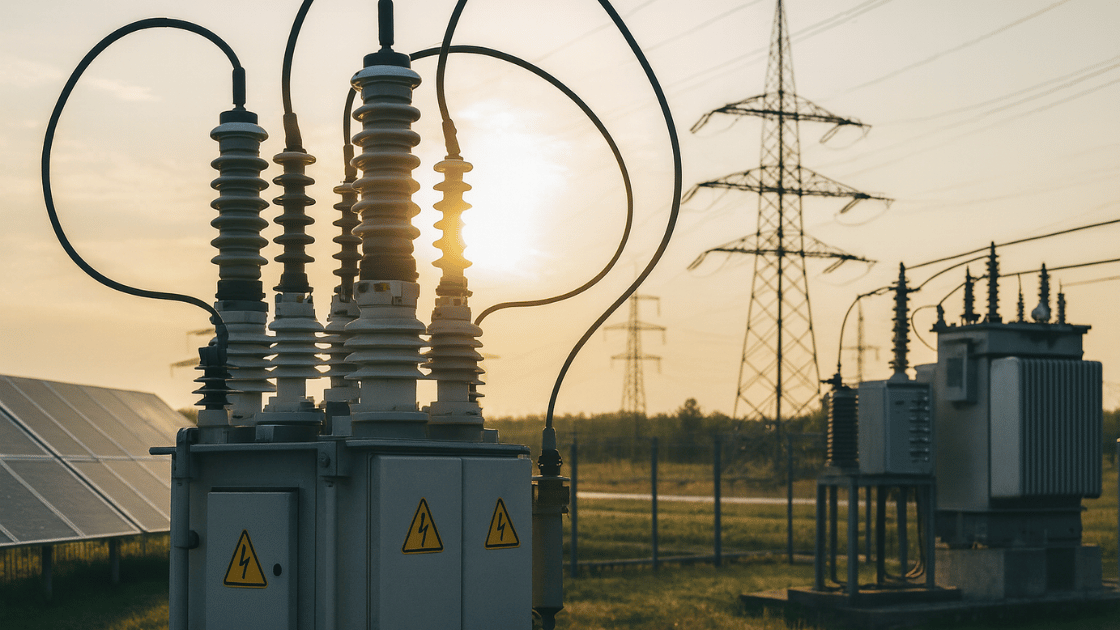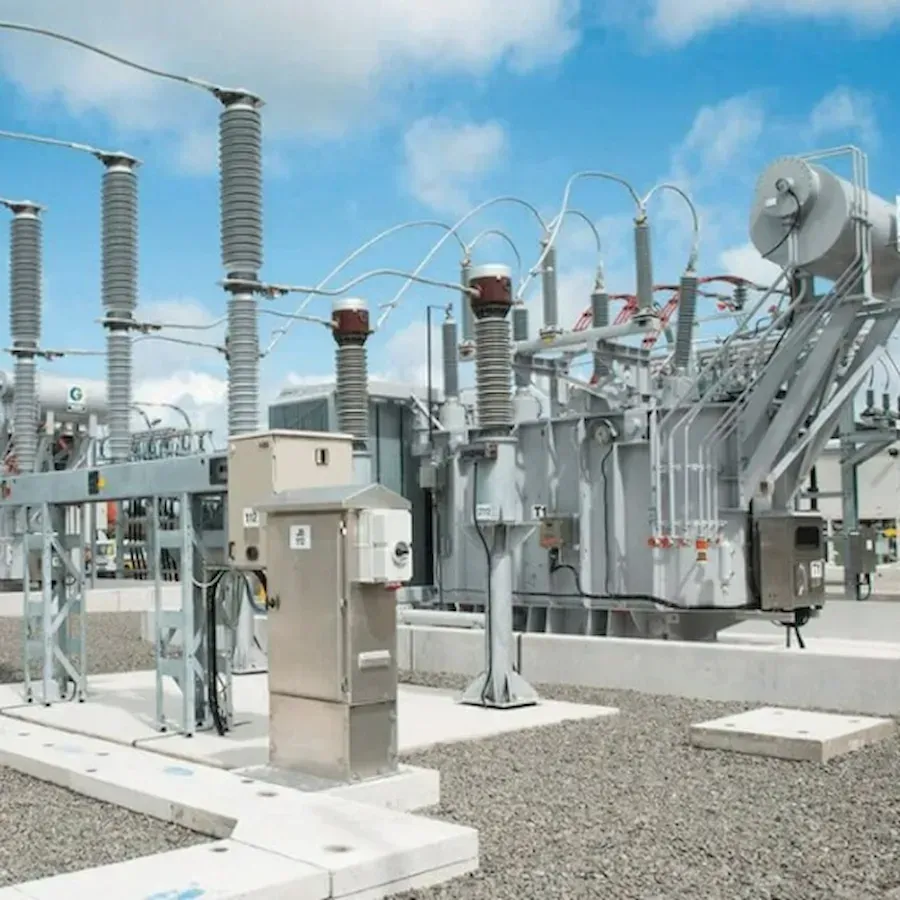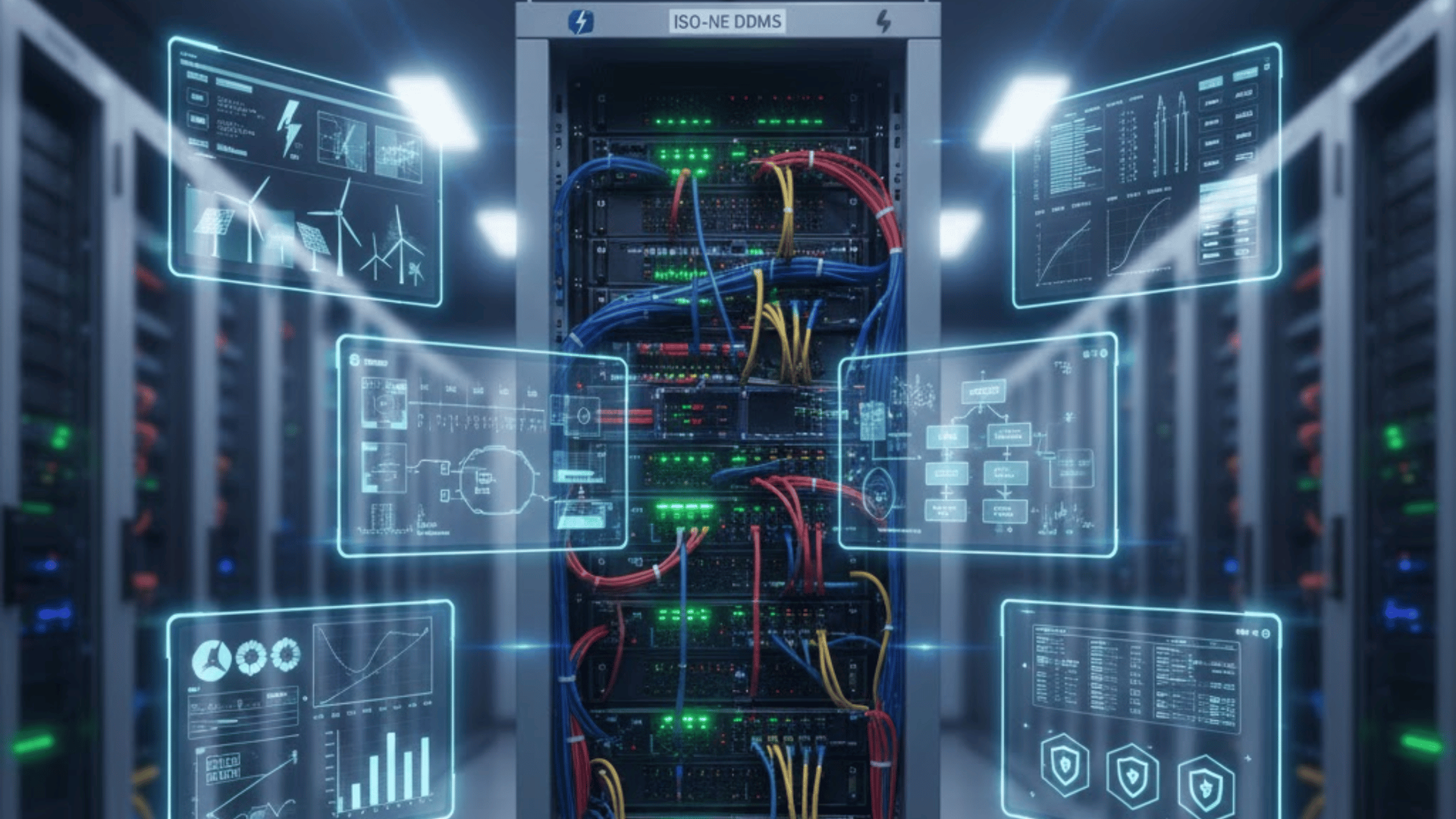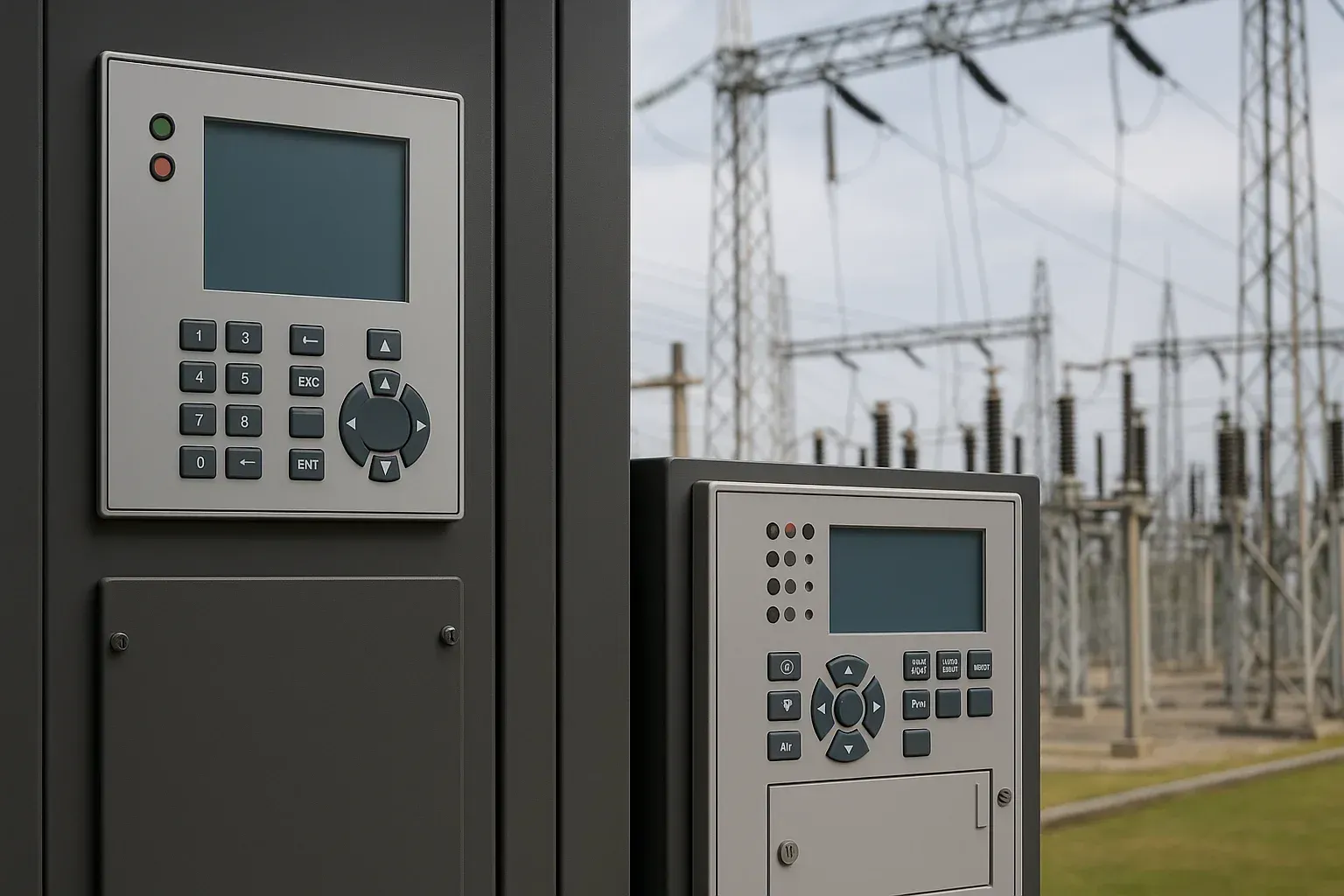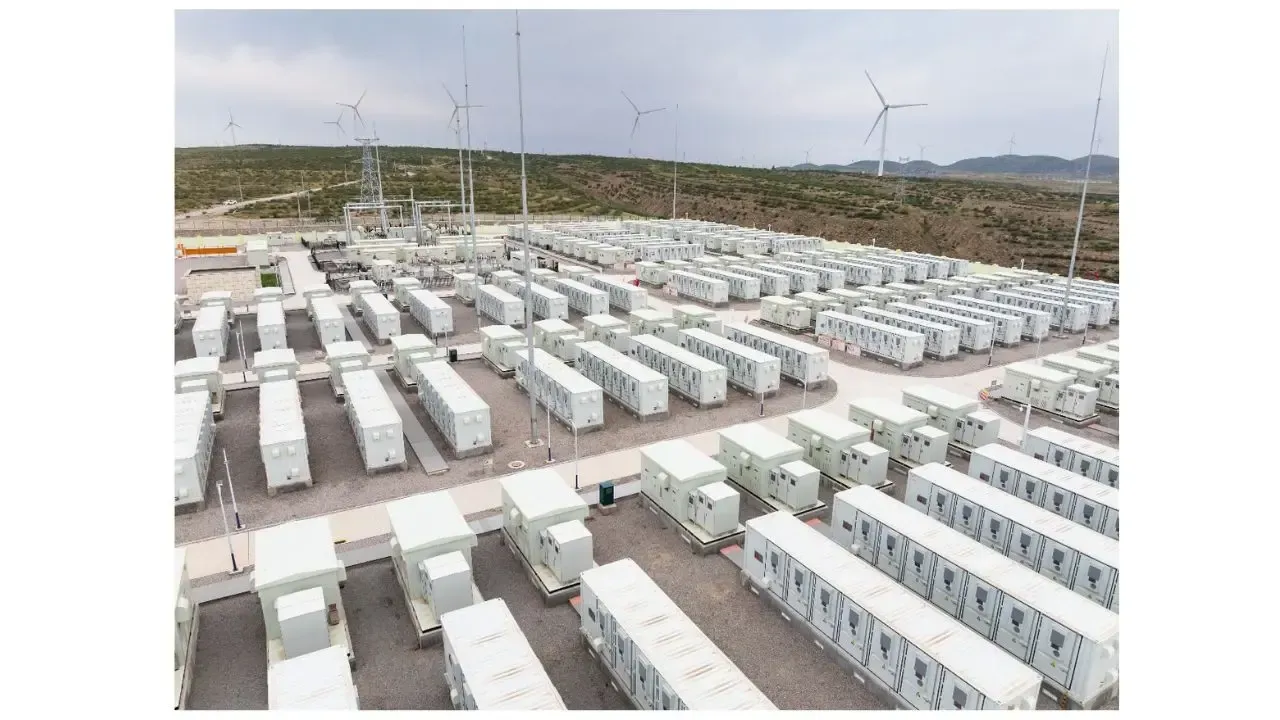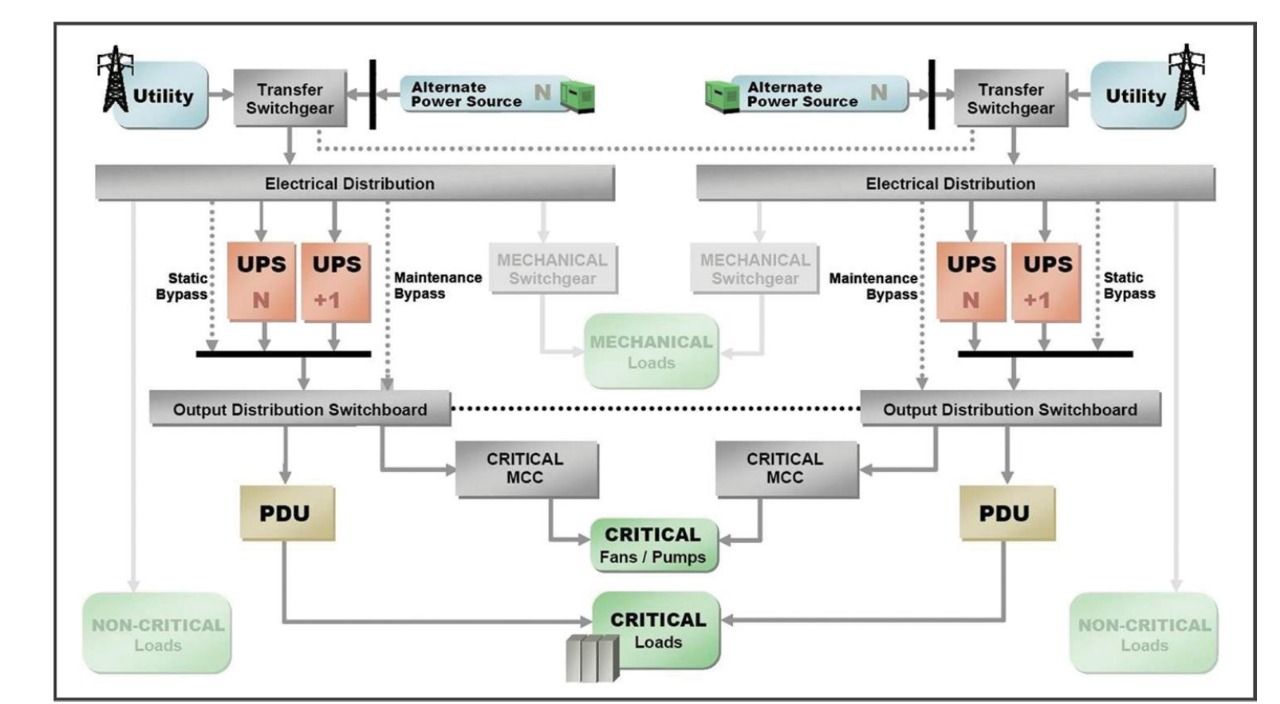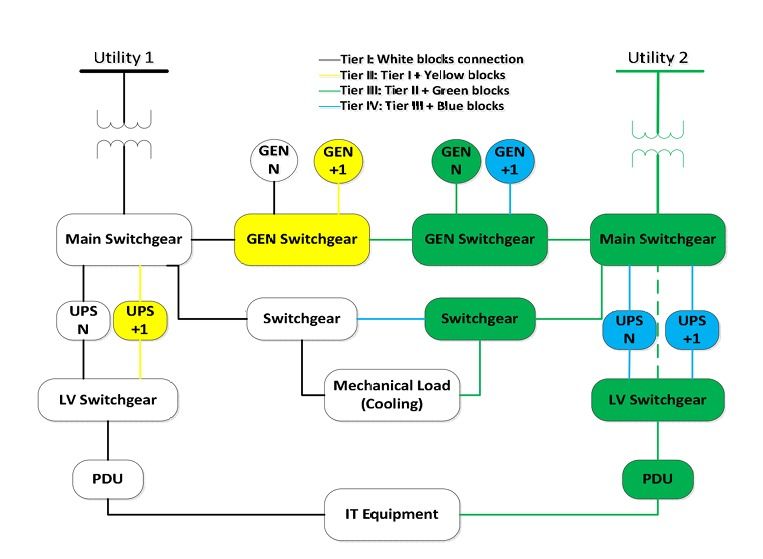A Coordinated Electric System Interconnection Review—the utility’s deep-dive on technical and cost impacts of your project.
Challenge: Frequent false tripping using conventional electromechanical relays
Solution: SEL-487E integration with multi-terminal differential protection and dynamic inrush restraint
Result: 90% reduction in false trips, saving over $250,000 in downtime
The Impact of Distribution Automation on Protective Relaying: Challenges, Solutions, and Engineering Insights
August 4, 2025 | Blog
Introduction
As power grids evolve with the integration of Distributed Energy Resources (DERs), microgrids, and Smart Grid Protection Systems, Distribution Automation (DA) emerges as a critical enabler of reliability and operational flexibility. One crucial intersection in this transformation is the effect of DA on protective relaying—a domain traditionally built on fixed topologies and deterministic behaviors.
This Blog explores this dynamic relationship and offers engineering insights into how protection strategies must evolve alongside automation strategies. This blog post summarizes and expands on those findings for utility engineers, developers, relay specialists, and grid modernization teams.
What is Distribution Automation?
Distribution Automation refers to the use of digital controls, remote communication, and intelligent systems to monitor and manage distribution assets without human intervention. Applications range from automatic feeder switching to Volt-VAR Optimization (VVO), fault isolation, and remote reconfiguration.
DA systems generally fall into three design categories:
- Localized (stand-alone logic per device)
- Distributed (peer-to-peer coordination among local intelligent devices)
- Centralized (system-wide intelligence integrated with SCADA and DMS platforms)
Each architecture impacts the protection philosophy differently.
Evolution of Automation in Distribution Systems
Historically, distribution systems relied on manual operation or rudimentary supervisory control using leased lines and analog relays. Milestones like
Project PROBE in the 1970s showcased early digital automation, evolving through microprocessor-based relays and the integration of real-time control logic in field devices.
By the 2000s, microprocessor relays became widespread in both substations and pole-mounted reclosers, allowing sophisticated DA actions such as dynamic loading, VVO, and FLISR (Fault Location, Isolation, and Service Restoration).
How DA Affects Protection Schemes
Circuit Reconfiguration
Automatic or manual changes in circuit topology directly impact protection zones and coordination. During FLISR events or planned maintenance, feeder segments may shift from one source to another, modifying current flow directions, fault levels, and relay zones.
Protection strategies must consider:
- Use of multiple setting groups
- Adaptive relaying algorithms that respond to load variations
- Awareness of power flow reversal
- Loop-mode protection concerns, including relay mis-coordination or equipment overstressing
Circuit topology changes—common during FLISR events and substation design engineering upgrades—require protection settings to be dynamically adaptable.
Impacts on Common Relay Functions
| Protection Function | DA Impact |
|---|---|
| Overcurrent | May require adaptive thresholds or setting group changes |
| Distance Protection | Infeed effects change apparent impedance; impacts reach settings |
| DTT (Direct Transfer Trip) | Communication complexities increase with DER reconfiguration |
| Zone Protection | Changing source configurations affect pickup timing and coordination |
Using adaptive relays in automated distribution networks
Modern DA-enabled protection relies heavily on adaptive relays.
These relays:
- Adjust pickup and time-delay values in real time
- Switch between single-phase and three-phase lockout logic
- React to DER impacts, such as inverter-limited fault current contribution
Adaptive relaying is crucial for maintaining coordination amid frequent reconfigurations, especially in areas with high DER penetration and dynamic load flows.
DER Integration and Relay Design
With growing deployment of DERs—especially inverter-based solar and storage—relay protection must account for:
- Reverse current detection
- Voltage regulation and phase angle challenges
- Coordination with DER protection settings
- Impedance and current differential requirements
In some cases, reclosers and breakers may need to be upgraded to devices capable of synchronized switching, voltage tracking, or communication-based logic changes.
These coordination strategies are best addressed through comprehensive
power system studies that simulate both normal and reconfigured feeder states.
Volt-VAR Optimization Effects on Relay Operation in DA Environments
VVO applications aim to optimize voltage profiles and reduce losses, but their dynamic nature poses risks to relay operations:
- Sub-cycle operations by smart inverters can interfere with fault detection
- Switching transients may affect CT saturation and harmonic filtering
- Directional protection logic may misinterpret VAR flow as fault current
Protection engineers must ensure filtering, directional logic, and power quality monitoring are compatible with VVO schemes.
Practical Considerations in DA-Relay Coordination
Some challenges utilities face include:
- Maintaining reliable communication paths (especially for DTT and peer-to-peer coordination)
- Ensuring multiple setting groups are well-documented and correctly triggered
- Managing cold load pickup and reclosing logic in reconfigured feeders
- Integrating SCADA telemetry with DER status and automation decisions
Maintenance planning should also account for:
- Wear-and-tear from frequent switching
- Update cycles for relay firmware and control logic
- Failure detection of DA components in remote locations
Planning, Maintenance, and Operator Training
A robust DA deployment requires cross-disciplinary collaboration between protection engineers, system planners, field operators, and IT teams. Key practices include:
- Establishing design philosophies (e.g., fuse-saving vs. fuse-blowing)
- Performing exhaustive coordination studies across all expected topologies
- Using real-time analytics to adjust settings dynamically
- Periodic inspection and validation of remote DA-controlled devices
Operator trust and understanding in automatic systems grow over time with transparency, alarms, and decision visibility.
See Our
NERC compliance support.
Conclusion
The IEEE TR132 Summary reveals a crucial industry truth: in a smart grid environment, protective relaying must evolve in step with distribution automation systems. Fault dynamics, topology changes, and DER-driven volatility require modernized protection coordination.
With growing reliance on adaptive relays, Volt-VAR Optimization, and FLISR in power systems, engineers must rethink traditional schemes and embrace SCADA-based distribution protection design.
Smart Grid Protection Systems aren’t just technical upgrades—they’re the future foundation of resilient, automated, and compliant grid operations.
Need help engineering a protection system that adapts to automation, DERs, and smart grid complexity?
Book a call with our power system experts to discuss Distribution Automation solutions that align with IEEE standards and real-world relay design challenges.
FAQs: Effect of Distribution Automation on Protective Relaying
1. What is Distribution Automation (DA)?
DA is the application of remote sensing, communication, and control to distribution assets, allowing autonomous switching, voltage regulation, and fault isolation.
2. What are common DA architectures?
Localized, distributed (peer-to-peer), and centralized (SCADA/DMS-driven) configurations.
3. How does DA impact circuit topology?
It allows dynamic reconfiguration, which alters power flow directions, load balance, and protection zones.
4. What is FLISR?
Fault Location, Isolation, and Service Restoration—a DA application that reroutes power around faulted sections.
5. How does DA affect overcurrent relay settings?
Dynamic load changes require multiple setting groups or adaptive pickup thresholds.
6. What are setting groups in relays?
Predefined configurations that a relay can switch between based on system conditions or control inputs.
7. What is adaptive relaying?
Relaying that adjusts settings in real time based on current load, voltage, or topology inputs.
8. Why is power flow reversal a concern?
It can cause misoperation in non-directional relays and upset fuse coordination.
9. What role do DERs play in relay protection?
They introduce reverse current, infeed effects, and variable fault contributions, complicating traditional schemes.
10. How does DA impact fuse-saving vs. fuse-blowing strategies?
Reconfiguration may inadvertently bypass upstream reclosers, nullifying fuse-saving protection.
11. How are faults located in DA systems?
Using intelligent relays, RTUs, SCADA data, and GIS-based system models.
12. Can DA cause islanding?
Yes, especially with DERs during reconfiguration. DTT or voltage-based supervision can mitigate.
13. What is Direct Transfer Trip (DTT)?
A protection signal sent remotely to trip DERs or breakers to prevent unintentional islanding.
14. What if DTT paths are broken during DA switching?
Protection may fall back to local undervoltage or frequency tripping, but this adds risk.
15. Does VVO impact protective relays?
Yes—by changing voltage profiles, injecting harmonics, and affecting directionality logic.
16. What is load encroachment logic?
A feature in directional relays to distinguish between high load and actual fault conditions.
17. What is cold load pickup?
A temporary surge in load after prolonged outages; affects coordination if not accounted for.
18. What does “zone of protection” mean?
A defined section of a power system that a relay or protection scheme is responsible for.
19. Why are single-phase reclosers important?
They allow selective restoration of non-faulted phases, improving reliability indices.
20. What is Conservation Voltage Reduction (CVR)?
A VVO mode that reduces voltage slightly to decrease system load and energy use.
21. How often should DA systems be maintained?
At least annually, including battery checks, relay testing, and firmware updates.
22. Are communication systems critical for DA?
Yes—failures in comms can disable protection changes, DTT, or FLISR logic.
23. Can reclosers switch between three-phase and single-phase operation?
Modern units can, improving flexibility and reliability.
24. How many setting groups should be programmed?
As many as needed to represent all reconfiguration states—usually 4 to 6.
25. What are the best practices for relay coordination with DA?
Perform detailed coordination studies, simulate reconfigured states, and automate setting transitions via logic or SCADA triggers.

About the Author:
Sonny Patel P.E. EC
IEEE Senior Member
In 1995, Sandip (Sonny) R. Patel earned his Electrical Engineering degree from the University of Illinois, specializing in Electrical Engineering . But degrees don’t build legacies—action does. For three decades, he’s been shaping the future of engineering, not just as a licensed Professional Engineer across multiple states (Florida, California, New York, West Virginia, and Minnesota), but as a doer. A builder. A leader. Not just an engineer. A Licensed Electrical Contractor in Florida with an Unlimited EC license. Not just an executive. The founder and CEO of KEENTEL LLC—where expertise meets execution. Three decades. Multiple states. Endless impact.
Services

Let's Discuss Your Project
Let's book a call to discuss your electrical engineering project that we can help you with.

About the Author:
Sonny Patel P.E. EC
IEEE Senior Member
In 1995, Sandip (Sonny) R. Patel earned his Electrical Engineering degree from the University of Illinois, specializing in Electrical Engineering . But degrees don’t build legacies—action does. For three decades, he’s been shaping the future of engineering, not just as a licensed Professional Engineer across multiple states (Florida, California, New York, West Virginia, and Minnesota), but as a doer. A builder. A leader. Not just an engineer. A Licensed Electrical Contractor in Florida with an Unlimited EC license. Not just an executive. The founder and CEO of KEENTEL LLC—where expertise meets execution. Three decades. Multiple states. Endless impact.
Leave a Comment
We will get back to you as soon as possible.
Please try again later.
Related Posts


